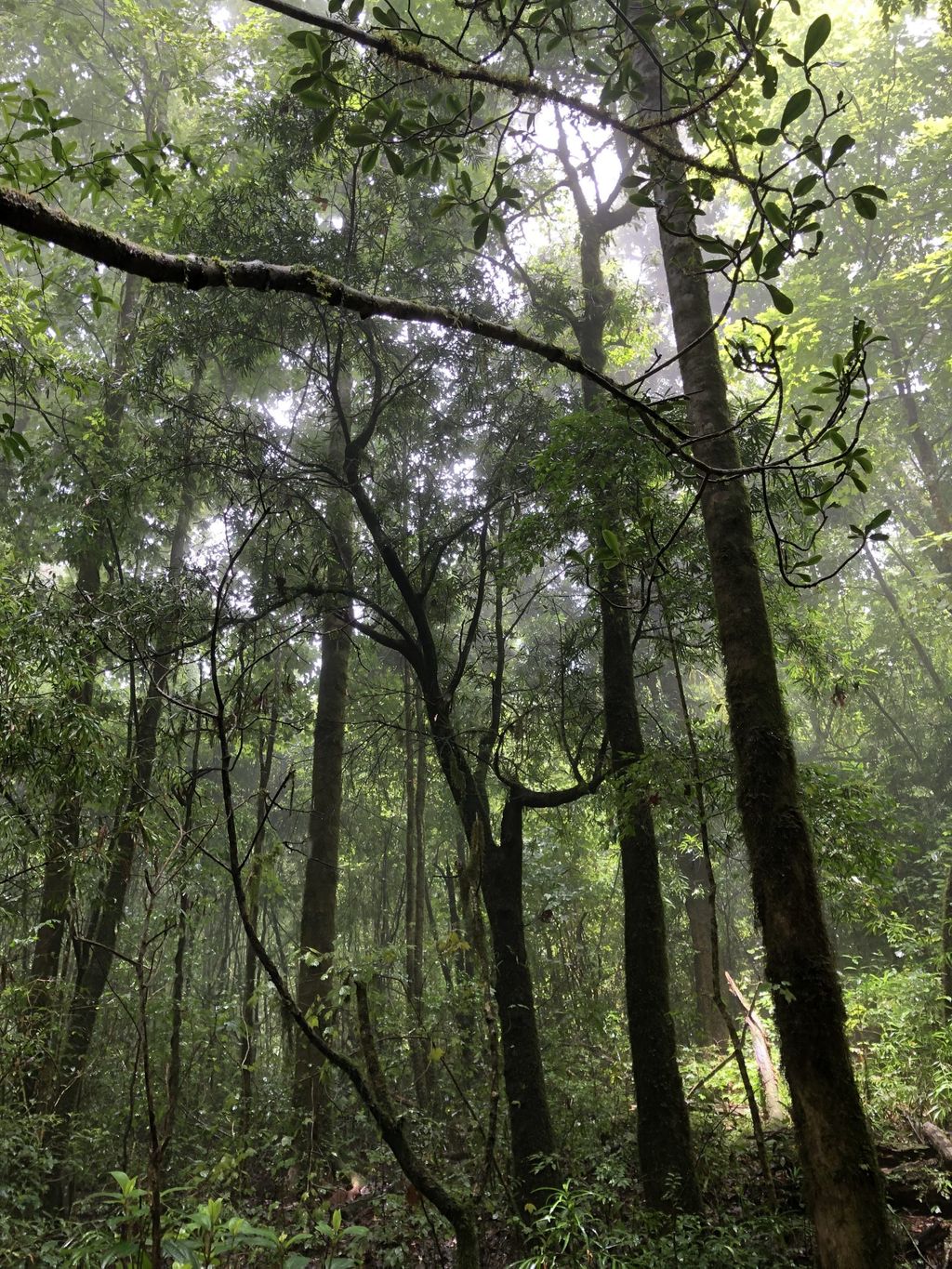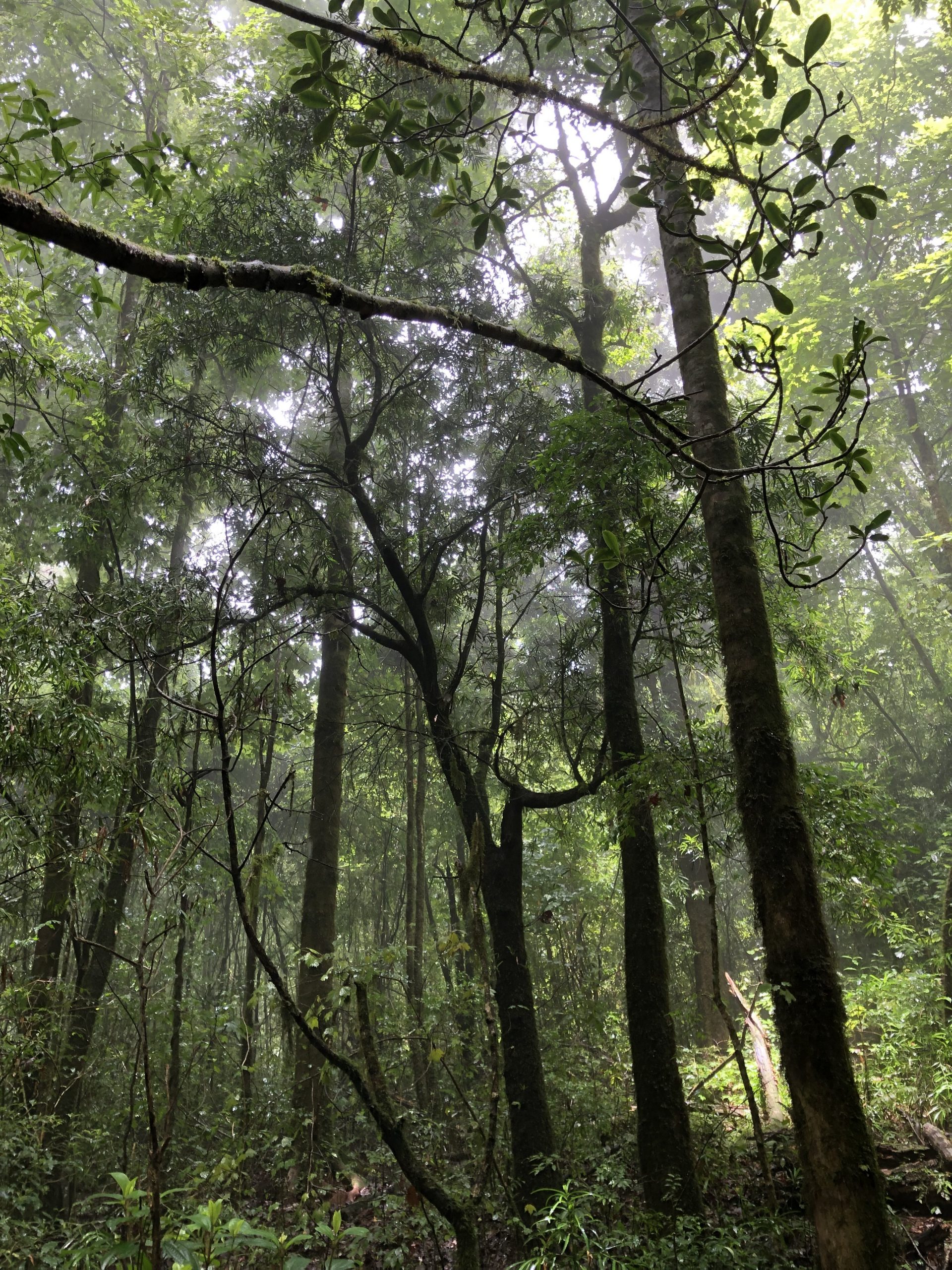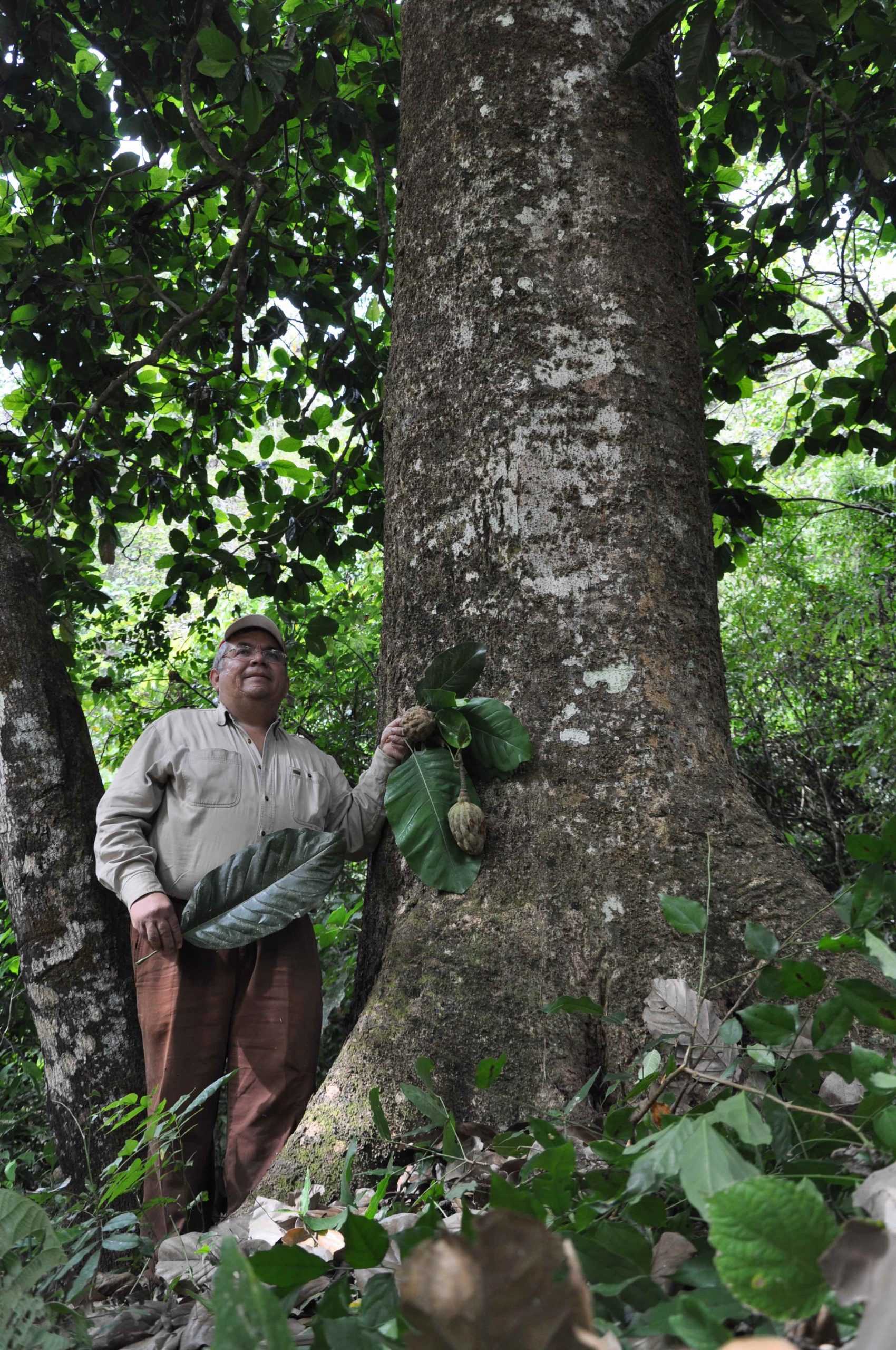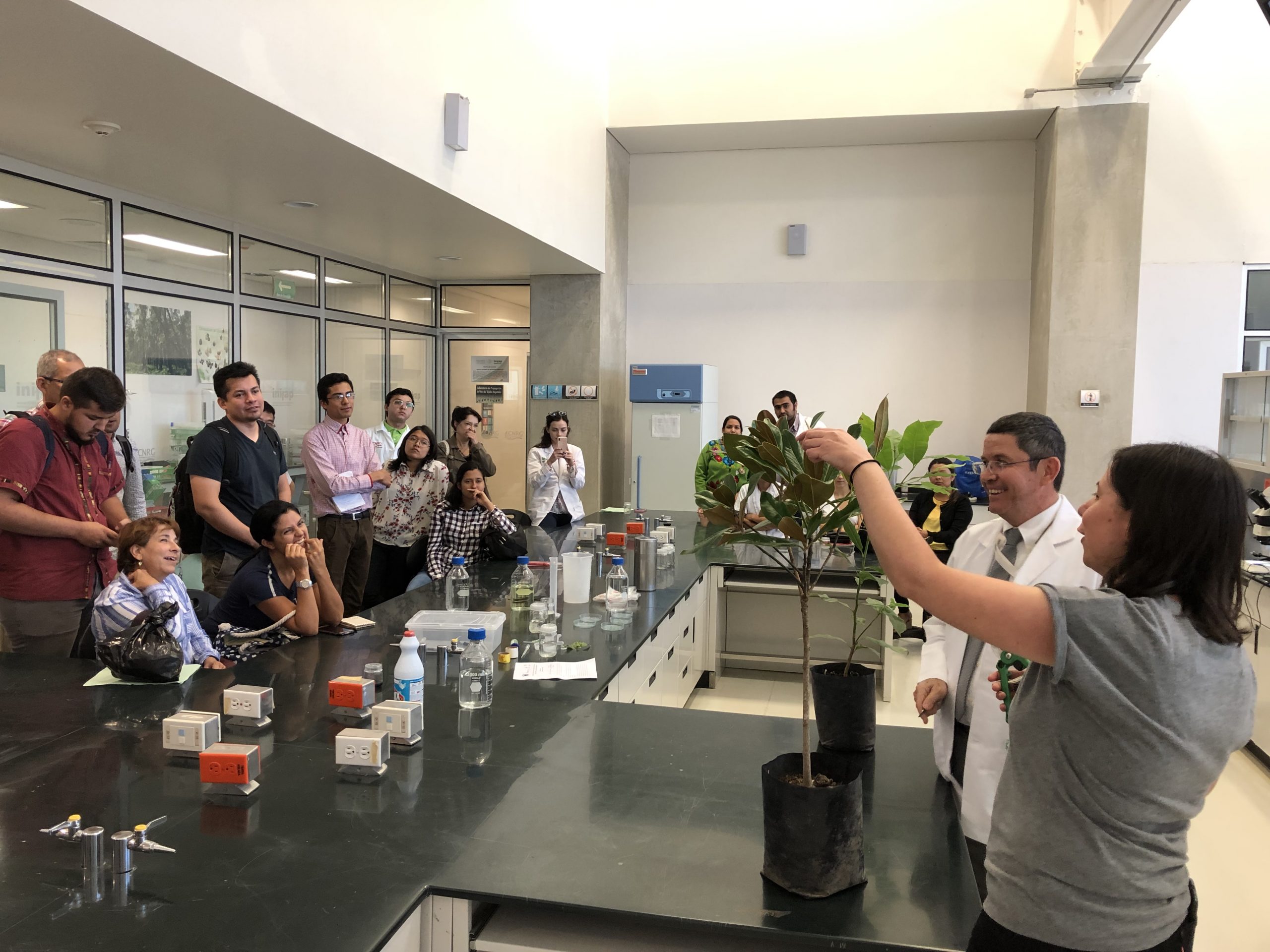Conserving five threatened Magnolias in México

-
Status of project
Completed -
Region
Latin America and the Caribbean -
Country
Mexico -
Programme
Global Trees Campaign -
Workstream
Saving Plants -
Topic
Year in review 2022
Project completed: 2022
Conservation Problem
One of the Mexican plant genera facing the greatest risk of extinction is Magnolia with over half of its forty species threatened due to deforestation and habitat degradation.
Project goal
To conserve the five threatened Magnolia species from the state of Jalisco by surveying, collecting, propagating and reinforcing in situ populations, with local community participation.

Why these species?
The Magnolia family is one of the most primitive of the flowering plant families and their study is essential to understand the origin, evolution, biogeography and systematics of all the flowering plants. Most of the magnolias are widely enjoyed for their beautiful tree shape, large colorful fragrant flowers and elegance. For centuries, they have been grown by different cultures as ornamentals, and for timber or medicinal purposes.
The natural populations of the five project species have been severely affected by land use change and forest fragmentation, and they may suffer further habitat reduction related to climate change. Their known distribution ranges are also extremely narrow, so the species have been assessed as critically endangered (CR) and endangered (EN) by using IUCN criteria. The species are: Magnolia pugana (EN), Magnolia ofeliae (CR), Magnolia jaliscana (EN), Magnolia vallartensis (CR) and Magnolia pacifica (EN).

What are we doing about it?
Since 2019, BGCI has been working with our local partner, Centro Universitario de Ciencias Biológicas y Agropecuarias (CUCBA), Guadalajara, with the aim of developing and implementing an integrated conservation program for these five Magnolias by:
- Surveying all their populations, and understanding the species’ reproductive biology;
- Establishing ex situ conservation collections and initiating in situ population reinforcement planting;
- Delivering capacity building on Conservation Horticulture for Magnolia;
- Promoting community workshops and education to highlight the value of the target species;
- Implementing in situ conservation with community participation.
Key achievements:
In our first year of project, we carried out a Conservation Horticulture for Magnolia workshop in collaboration with the Centro Nacional de Recursos Genéticos (CNRG) at Tepatitlán and CUCBA, México. Magnolia conservationists, horticulturists, university students and researchers attended the course, which covered seed and vegetative propagation, tissue culture and cryopreservation. Our collaborators are now using the skills learnt on the propagation of the project target species.

In the second year, an engagement workshop with the náhuatl community of Ayotitlán occurred to raise awareness of the associated challenges for the conservation of their local Magnolia jaliscana. The community is participating in the conservation activities, such as seed collection, propagation (following construction of small nursery) and the future in situ activities.
Contact details
For more information on this project, please contact globaltrees@bgci.org